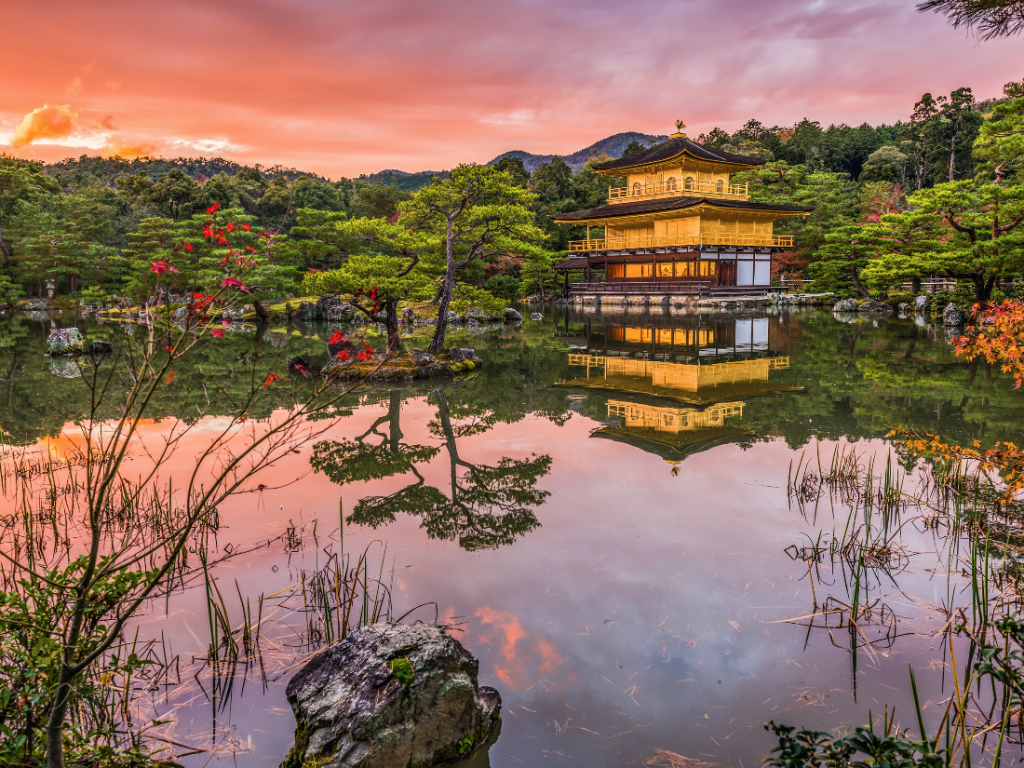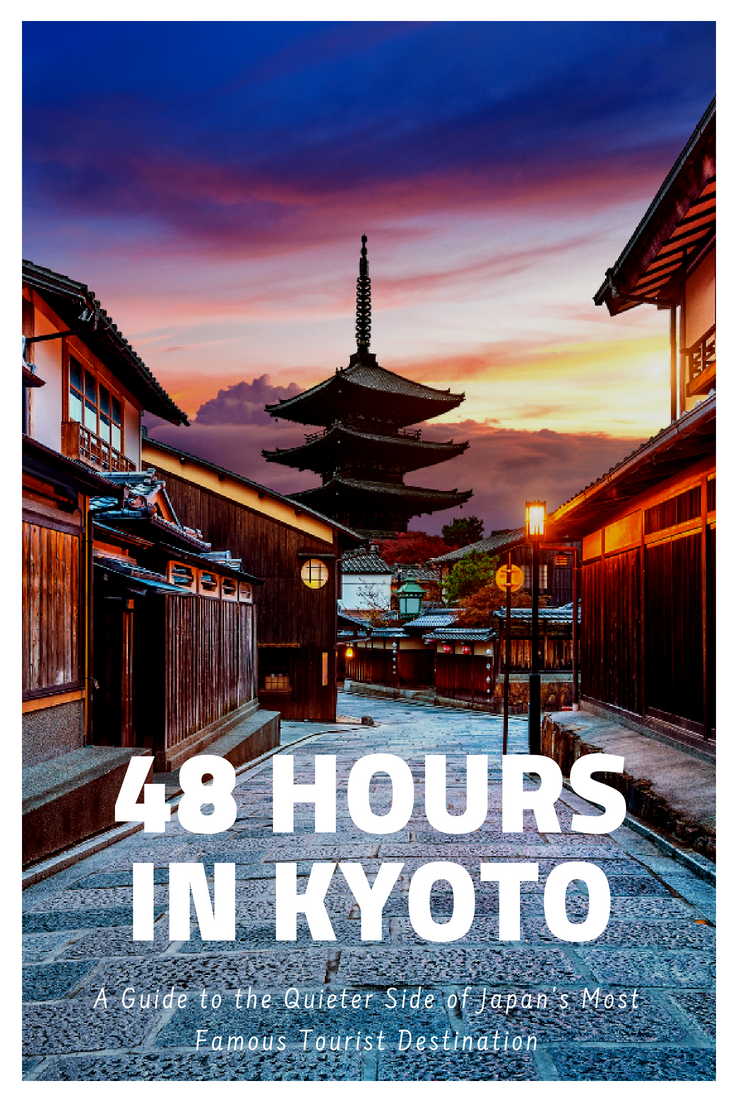All right. It’s your first time in Japan and after the hullaballoo that was the crowds, salarymen, otaku, robots, and bright billboard glare of Tokyo, you’re hoping two days in Kyoto will refresh your soul. Well, the secret’s out on the former capital, and as a result, some of the major sites can feel quite overwhelming. What’s lovely about Kyoto, however, is not the blockbuster temples you’ve probably read about, but the places in-between. It’s trite to say yet true in this case: in Kyoto you might appreciate the journeys better than the destinations.
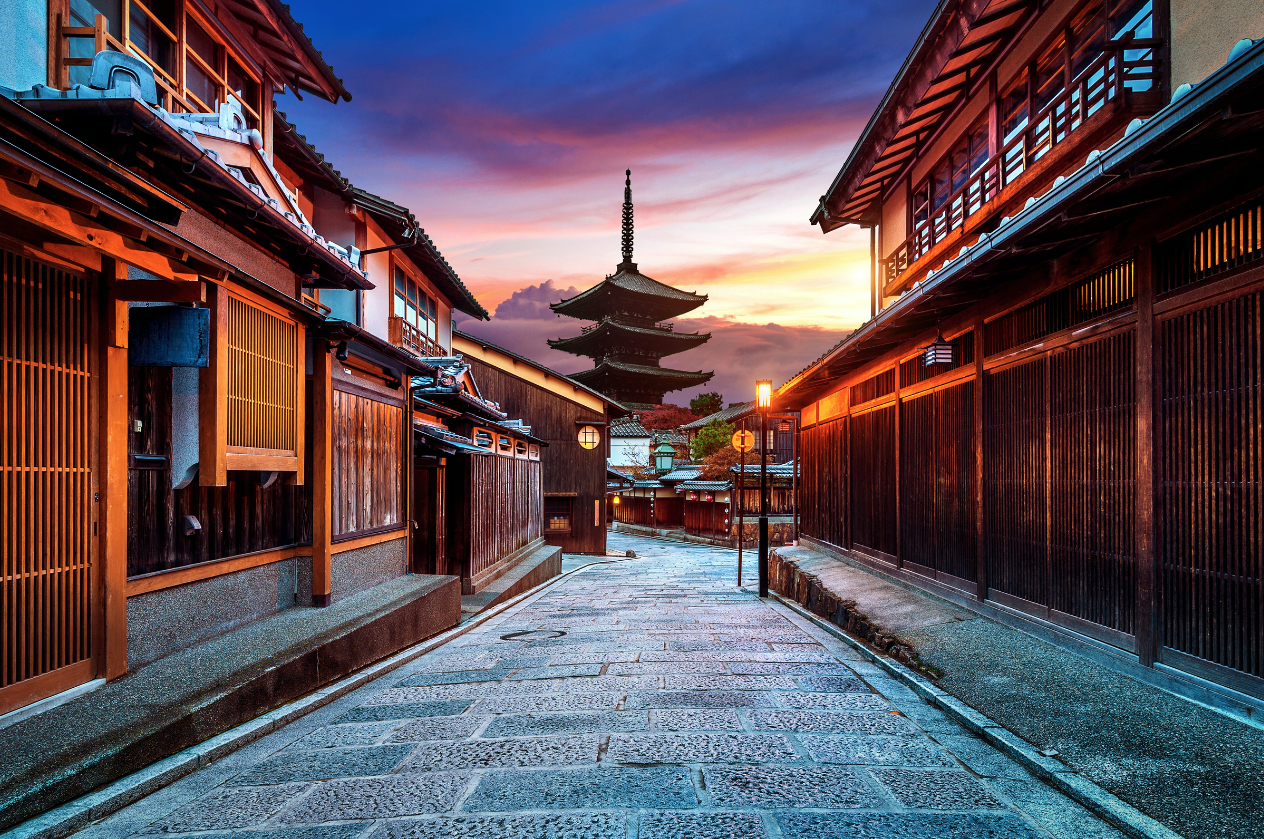
The first thing you might want to do upon arriving is rent a bike. The metro system is not comprehensive and local buses can be quite crowded. Excepting the eastern hills of Higashiyama, the city is mostly flat and a real pleasure to cycle. There might be no more wonderful feeling than riding on the city’s Kamo River north, past downtown, stopping at Demachiyanagi at dusk to people-watch and enjoy riverside beers.
There might be no more wonderful feeling than riding on the city’s Kamo River north, past downtown, stopping at Demachiyanagi at dusk to people-watch and enjoy riverside beers
Before that, however, you are probably hungry. And one of the great allures that brings visitors back to Kyoto is the outstanding quality of the cuisine. There’s always been kaiseki-ryori, Kyoto’s classical traditional fare, but there are a number of new restaurants opening in restored machiya. You’re truly spoiled for choice in the downtown area. You might want to start at Owariya, a soba and cakes restaurant that has been in the city since 1465. Their signature dish is horai, a tower of soba plates served with tempura and vegetables and dashi dipping sauce. Nearby is Cafe Bibliotic Hello, with excellent coffee and fresh smoothies.
Afterwards if you head to Kinkakuji, Kiyomizudera, or Nijo Castle, you’ll hit the crowds. So why not cycle to Heian Jingu or Nanzenji, the former a shrine, the latter a temple, both of which have splendid gardens to stroll. Both are in the Okazaki neighborhood, an affluent residential area with canals, museums, a zoo, and Tsutaya Books, great for perusing the quality of Japanese publishing.
Onwards north to Ginkakuji (the Silver Temple), along the Philosopher’s Path. Outside of the busiest travel seasons, it is still a quiet place to walk and there are side paths and temples on the way, the best being Honen-in, with its moss-covered gate and zen rock garden. The Silver Temple is the only place on this itinerary where you’ll experience any substantial crowds, but it’s worth it to see the lovely pavilions and moss gardens. Afterwards, if you’re feeling energetic and you still have sunlight, the steep climb up nearby Mt. Daimonji to witness Kyoto in the magic hour is a wonderful thing.
For dinner in Kyoto, go with your gut. I often take friends to Manmaru no Tsuki, a superb fusion place famed for its okonomiyaki but which also has tasty à la carte dishes. From there, walk or cab it to Gion for a stroll among the mysterious glowing lamps where you might spot a geisha or apprentice maiko rushing between appointments. Grabbing a drink afterward in Kiyamachi is a good idea. Forum Kyoto has quality craft beer, sleek design, and friendly bartenders.
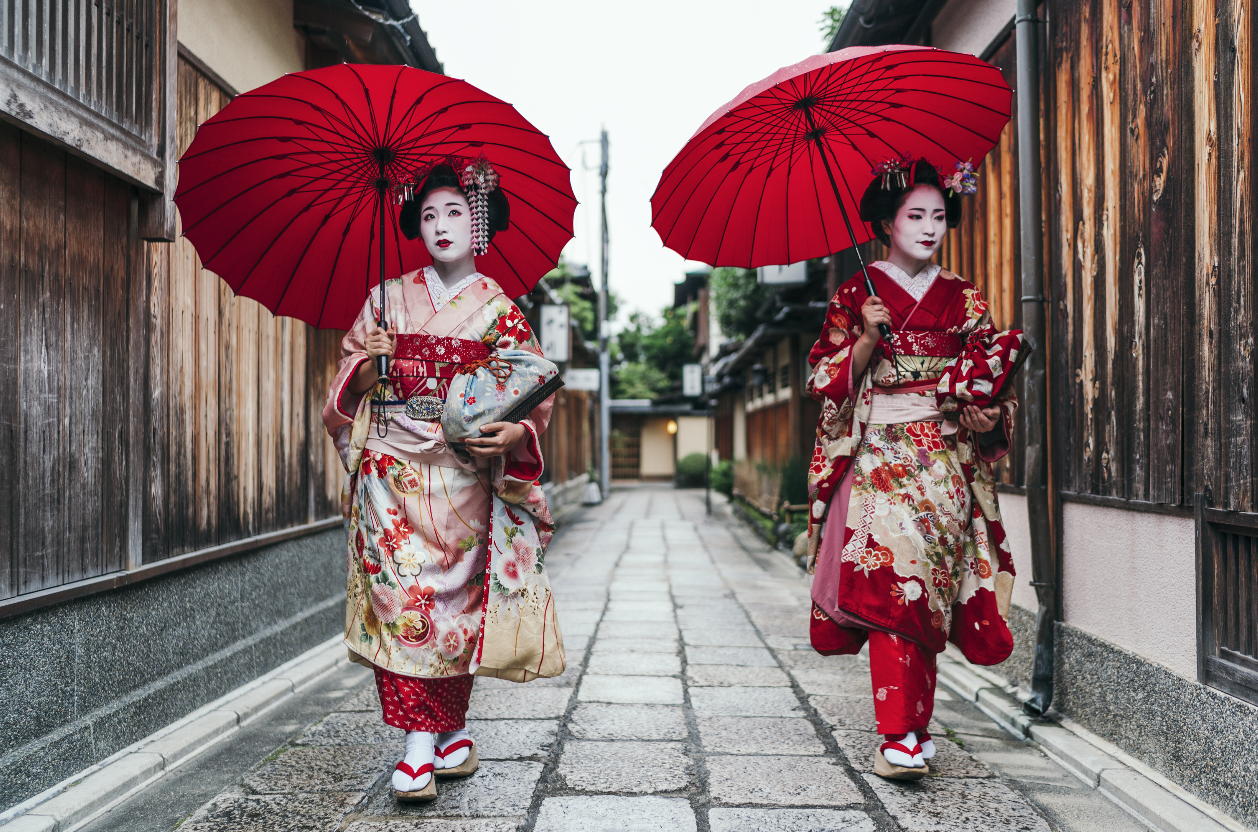
If you plan on visiting Arashiyama and its legendary bamboo forest, get there early to have it (mostly) to yourself. Arashiyama, for all its crowds, really is lovely. Visit Tenryuji, a zen temple, before the buses arrive. After a riverside coffee at Arabica (if the lines aren’t too long), make the steep climb up to Monkey Mountain (feedings at noon), and a meandering along the Katsura River, is just wonderful. You could really spend the better part of the day strolling the village, as there are a surprising number of quiet refuges away from the maddening crowds. Back in Kyoto City, if you haven’t yet done so, the aforementioned bike ride up the Kamo River will replenish your spirit.
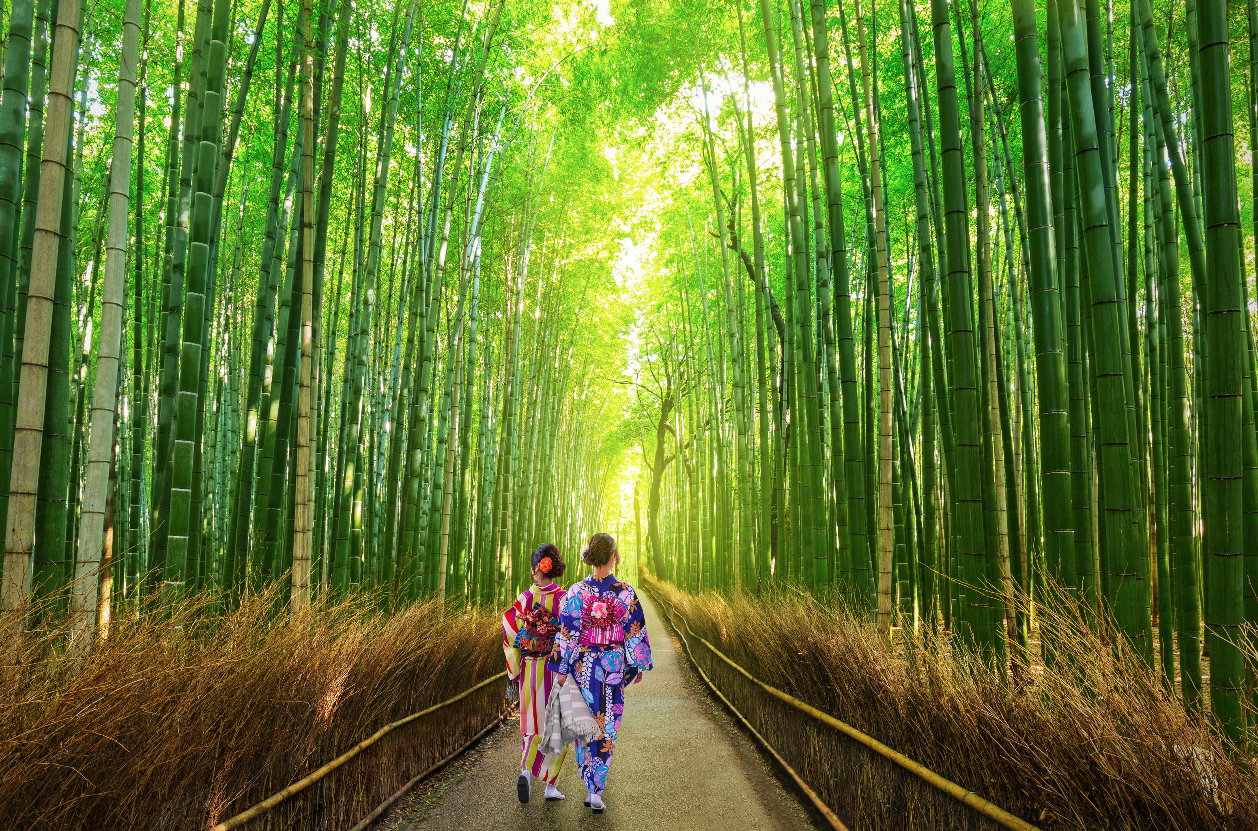
For dinner, if carnivorous, I recommend Hafuu, with its succulent wagyu meat cooked on hot stones. If pescatarian, there are innumerable sushi joints, but in Japan you might consider kaiten sushi, the fish arriving via conveyer belt.
Nighttime is great for visiting Fushimi Inari and its famed mountain of torii gates. Overwhelmed by visitors and selfie sticks in the daytime, it is positively mysterious at night, illumined by glowing lamps, bedeviled by shadows, and dream-like.
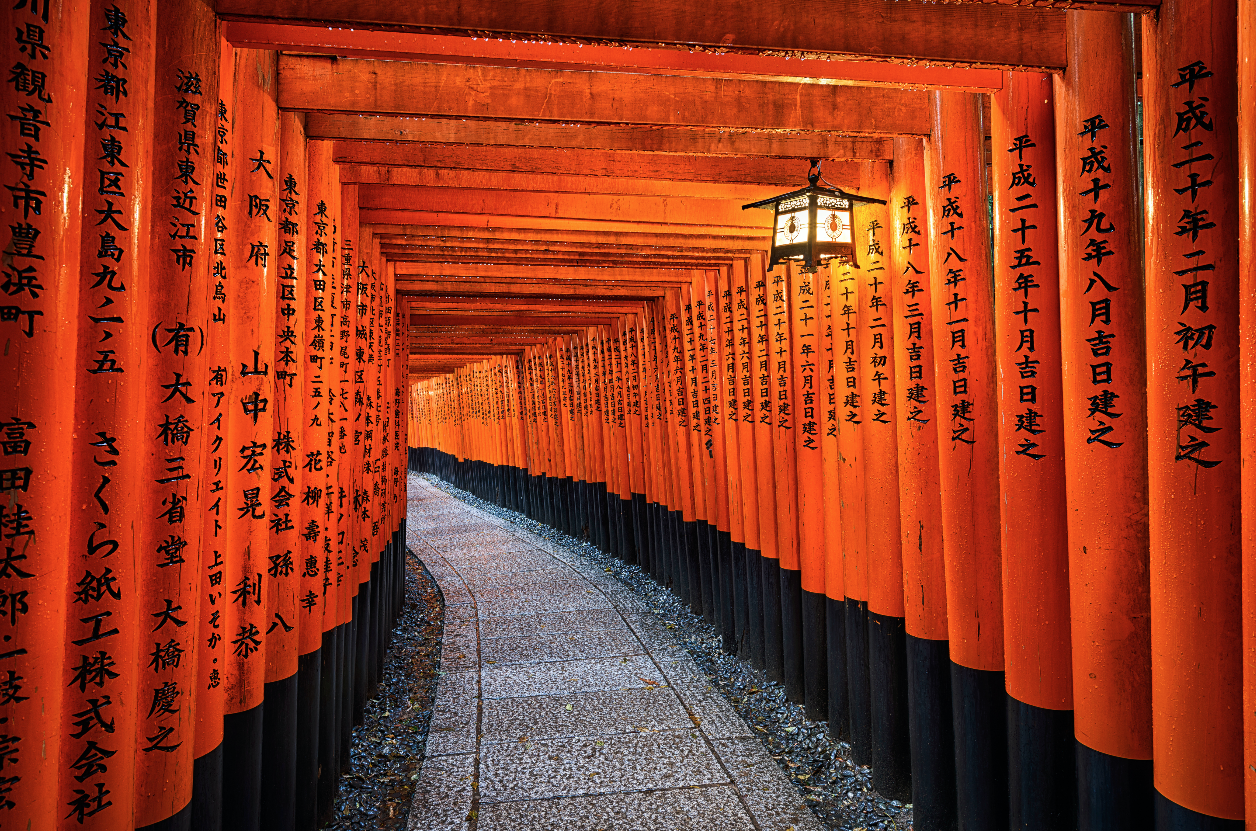
For your last hours in the city, and if the light is lovely, you really should endeavor to Flip Up, the tastiest bakery in the city, and picnic at the Imperial Palace Park nearby – particularly if the plum or cherry blossoms are blooming or the autumn foliage scarlet red. It’s a large park, quiet enough to hear the crow’s crowing or, if you’re lucky, a migrating crane alighting from a maple tree. Enjoy this last gasp of perfect solitude, before braving the crowded trains onwards.
Words by Phineas Arthur True
Photographs: Shutterstock

